#jewish!farmer
Text
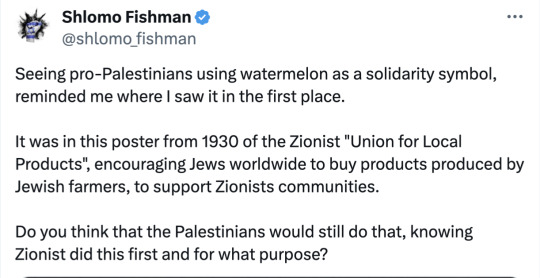
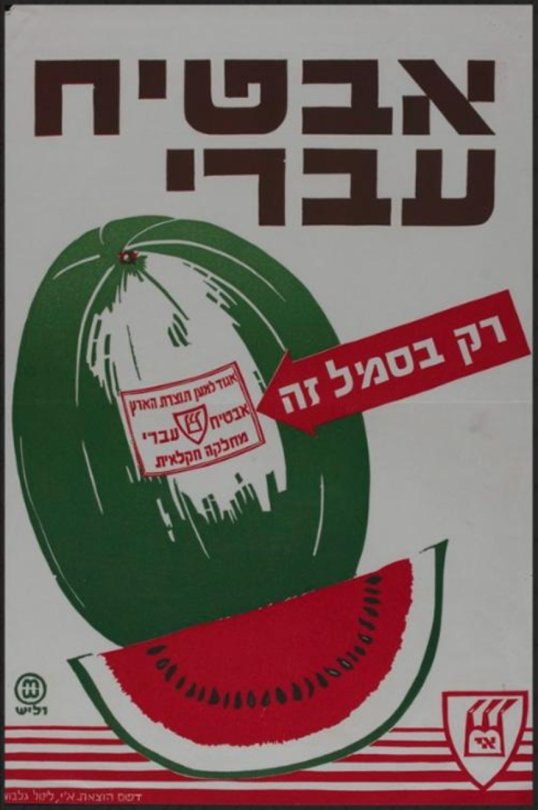

Link
73 notes
·
View notes
Text
Meet Ben's sister, Rach! (need to catch up? Read Coffee Beans, Candles, & Keyboards here!)
Name: Rachel Rose Cohen (רָחֵל בֲּת דָּנִיֵּאל ושׁוֹשַׁנָּה)
Age: 17
Favorite color: light blue, black
Hair: blonde
Eyes: brown (someday I'll get contacts to make them blue!)
Height: 5'7"
Siblings: one dorky younger brother, Benji
Pets: I want a tarantula but mom said no way :( :(







Likes: Spirit's Eve (and other spooky things), horses, the beach, sports, going on adventures, drama club, spiders, makeup, movies, visiting Grandpa Fisher's farm, boys (and girls-- don't tell anyone!)
Dislikes: having curly hair, having to take care of my stupid brother all the time and do all the work, being stuck indoors, when I'm the only Jewish kid in my class, wearing glasses, physics honors
Dreams: to be either an actress or an astronaut, to get a real nose piercing when I turn 18, learn how to play the drums (don't tell my mom, she'd flip), to get a new computer of my own (the cute clear kind that can go on the Internet)
Fears: not making the field hockey team at school, not getting asked to prom, worms and snakes
#ao3 fanfic#stardew valley#ridgeside village#stardew#coffee beans candles and keyboards#ben x june#stardew farmer#rachel cohen#benjamin cohen#jewish authors#diverse stardew valley#cbc&k#cbc&k lore
5 notes
·
View notes
Text

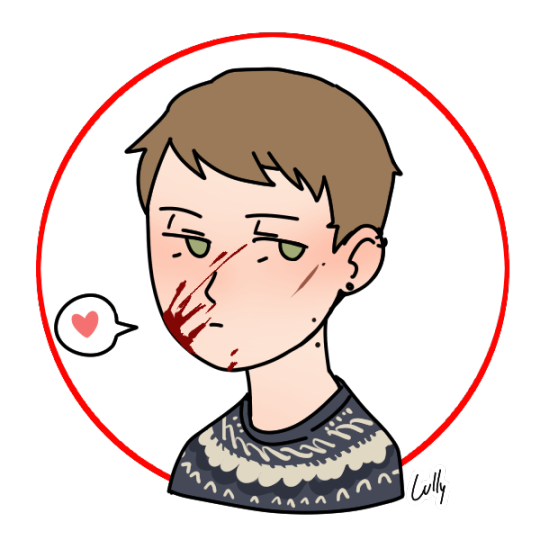

guys I love them so much
Toby, Lou, and Tzipporah from left to right. minor characters under the cut lol this is a post for meeee

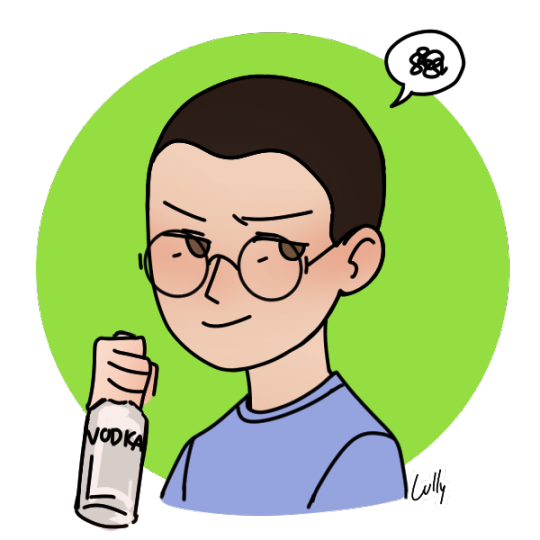

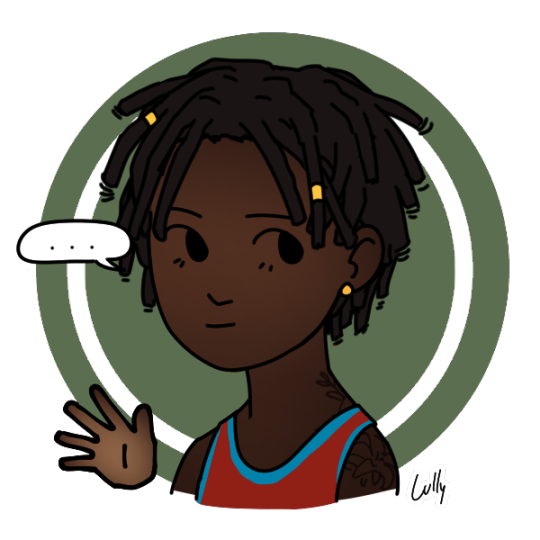



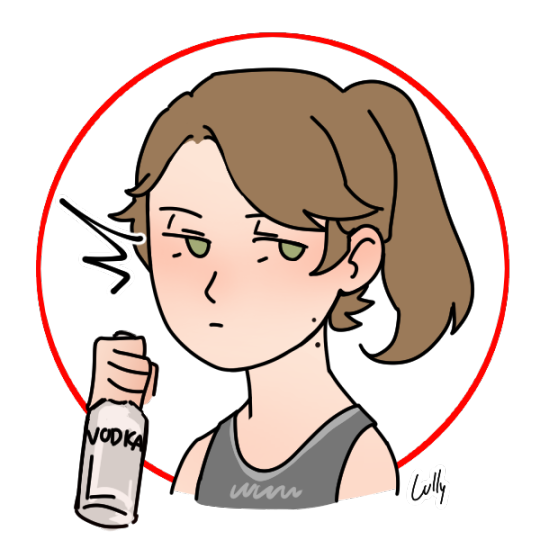
Top row: Toby's friends Josh, Spencer, and Aisling
Middle row: Tzipporah's little sister Yael. Her love interest Sturdy
Bottom row: Toby's parents Alexei and Ruby. His girlfriend Daisy. Who is dead! That's definitely not just Lou pre-transition!
#Sturdy should have a choppy shag. straight haired ellen ripley.#i just chose the closest thing that was giving gay. also dont think they'd wear traditional clothing much but she DOES wear that colour lot#and none of the other outfits worked at all#also CONSIDERED giving Toby the little blue and white striped tshirt bc he Would...#but thought w the cigarette he might look too french#hes not. hes eastern european and jewish/space southern american#if ur interested toby and aisling (at 17/18) and tzipporah and josh (twenties)#were both victims of well why not relationships. theyre all still friends#tzipporah avoided josh for like three years but the breakup was amicable she's just like that#also if ur interested ruby and alexei run ruby's family's farm#mostly sheep :)#aisling's family are in horses#i dont think the other two of toby's group were brought up *on* farms but they know what theyre doing in that regard#josh works for aisling's family and spencer studied mechanical engineering#tzipporah did history with french#and then moved to a planet where no one speaks it. after The Traumas#lou barely has high school level education#toby was happy being a farmer pre Space War#but in another universe he might have gone to college sometime in his twenties and done men. (badum tsshh. he'd have done philosophy)#louniverse
5 notes
·
View notes
Text
What do you do when you want to be more involved in Judaism but it’s such a community-based religion and you don’t have Jewish family near you and you live in farm country too far from your nearest synagogue to get there weekly and you feel like you’ll never move away from assimilated cultural Christianity and you’re a failed Jew. Like. What
#I know this is a question for a rabbi but it is so fuckin hard to track down a rabbi when. again. middle of nowhere#show me the other Jewish rednecks. Jewish trailer trash. Jewish farmers.#where are u how are u living I can’t be the only one……#jumblr
12 notes
·
View notes
Text
This isn’t the “Wild West”, this is Kibbutz Erez
The farmer wears a shirt that says “To the last furrow” and carries a personal gun. This isn’t the “Wild West”, this is Kibbutz Erez located north of the Gaza Strip. The Kibbutz is located just one kilometer (approx. half a mile) from the border with the Gaza Strip but their orchards are just 500 meters away. The farmers there take very seriously Joseph Trumpeldor’s declaration: “In the place…
0 notes
Text
i dont use the term "zionist" in general discussion because i can be precise and direct with my words without sounding like I'm quoting david duke actually, and its not that hard.
#im sorry but the fact yall will use these words while also not being able to tell if something is a david duke quote or not tells me all#most of you dont know what it means or use definitions created by outgroups or persecutors#its not that hard to use direct speech to address what you have issue with so you dont end up parroting the former kkk grand wizard#i do actually look down on people who use the term haphazardly and generally because you have become no different than david duke#i also think its incredibly interesting yall will define a jewish movement by outgroup definition but lose your goddamn mind if#say for example yall dont let christians define jihad but yet you do here? oooookay i see you#im not actually sorry for being able to avoid falling in to the mass hysteria directly segwaying you into neonazi ideology#like the only time i use the term is talking about actual jewish zionist thought im not gonna call random fucking jewish people that#and the fact yall do is a glaaaaaring red flag#the fact someone had the audacity to ask me why quoting david duke was a problem and that she should be allowed to for The Cause....#no wonder jewish people are scared i am scared for them you all are too fucking stupid#thinking about the quote from the indigenous farmer who lives near my old home#'nothing more dangerous than a group of white people who think they have your best interests at heart' he said when people were demanding#that normies share war gore and he had to detail why thats actually the opposite of helpful for americans#these people dont want peace they want their idea of moral purity and at the cost of the people directly most affected
0 notes
Text

can’t say i would have called any of this
1 note
·
View note
Text
"Like all foreigners, the Jewish settlers sailed first to Alexandria, took a ferry to Jaffa, and were taken ashore by small boats. This mundane arrival at the shore appears in the settlers’ statements as aggressive and alien treatment: ‘Aravim Hetikifu Ottanu’ – ‘the Arabs assaulted us’ – is the phrase used to describe the simple act of Palestinian boys helping settlers to small boats on the way to Jaffa; they shouted because the waves were high and asked for baksheesh [tips] because this was how they managed to live. But in the settlers’ narrative they were assailants. Noise, presumably a normal feature of life in the Jewish townships of Eastern Europe, becomes menacing when produced by Palestinian women wailing in the traditional salute of joy to the sailors returning safely home. For the settlers this was the behaviour of savages, ‘with fiery eyes and a strange garroted language.’ Whether the topic is their language, their dress or their animals, reports back to Europe concerning the Palestinians were all about unpleasantness and weirdness.
... Again and again, Zionist settlers behaved as a people who had been insulted – either objectively in the form of a physical attack, but more often simply by the very presence of Palestinians in Palestine. ... The Zionist settlers instituted retaliation for ‘theft’, which was how they characterised the rural tradition of cultivating state land, a practice that was legal under Ottoman law. Picking fruit from roadside orchards became an act of robbery only after Zionism took over the land. The words shoded (robber) and rozeach (murderer) were flung about with ease when Palestinians involved in such acts were described. After 1948 these terms would be replaced with ‘terrorist’ and ‘saboteur’.
... Cleansing the land of its farmers and tenants was done at first through meeting in the Zionist madafa and then by force of eviction in Mandatory times. The ‘good’ Palestinians were those who came to the madafa and allowed themselves to be evicted. Those who refused were branded robbers and murderers. Even Palestinians with whom the settlers sometimes shared ownership of horses or long hours of guard duty were transformed into villains once they refused eviction. Later on, wherever Israelis would control the lives of Palestinians, such a refusal to collaborate would be the ultimate proof for Palestinian choice of the terrorist option as a way of life.
... Following the 1967 war ... both Israeli academics and Israeli media commonly used the term ‘terrorism’ when referring to any kind of Palestinian political, social and cultural activity. ‘Palestinian terrorism’ was depicted as having been present from the very beginning of the Zionist project in Palestine and still being there when academic research into it began in earnest. This characterisation was so comprehensive and airtight that it assigned almost every chapter in Palestinian history to the domain of ‘terrorism’ and absolved hardly any of the organisations and personalities that made up the Palestinian national movement from the accusation of being terrorists."
Ilan Pappé, The Idea of Israel: A History of Power and Knowledge (2014)
3K notes
·
View notes
Text
finally watched barbie last night. i think it was refreshing to see gerwig's exploration of population exchange in europe during the chalcolithic age. barbies are clearly coded to be early european farmers, living in a comfortable yet stagnant environment of europe at the tail end of the ice age, with a culture revolving around female fertility (notice the second character introduced is a pregnant barbie). the second sequence shows up ken(gosling)'s enterance into the story on beach, mirroring the arrival of western steppe herder cultures as glaciers in europe retreated.

once barbie and ken venture into the "real world" (prohpetic vision of the bronze age), ken adopts advanced technologies like the horse (horse), patriatrchy (worship of a male solar deity), and cars (the wheel, expoundable into the horse-driven chariot). his donning of the fringe jacket and cowboy hat stir within the audience a yearning for westward expansion, from the pontic steppe through the pannonian basin and beyond.

ken transforming barbieland into the kendom mirrors the replacement of early european farmer (vinča, varna cultures etc.) with corded ware and bell beaker cultures, settled iterations of the kens' previously pastoral culture. the only barbie not assimilated into the new cultral zeitgeist is weird barbie (basques), herself a cultural isolate even compared to other barbies pre-invasion.
the final battle scene between the two ken factions places particular focus on archery, hallmark of the mongol civilization, which was the last of the steppe invasions of europe. notice in this situation, gerwig's bravery in correctly having ken (asian) represent the kingdom of hungary (asian), whereas ken (gosling) is of course the ever-lasting scythian spirit emanating from the steppe. some scholars have suggested the light-blue void where the last battle takes place to be a metaphor tengri.
some other stuff happened as well but i didn't really get how that fit into the greater story i guess. what was the deal with the old jewish lady LOL !
5K notes
·
View notes
Text
When you are considering fashion or beauty standards in the world that you're writing, remember that beauty and fashion standards are totally context-dependent, change quickly, and are often fairly arbitrary.
I think about eyebrows. We went in the U.S. from wanting pencil thin eyebrows to wanting thick eyebrows in my lifetime--which means that I went from my eyebrows being "manly" to them not being without actually doing anything.
If thin is beautiful in the world you're writing--why? If lighter skin is beautiful in the world you're writing--why? If straight hair is beautiful in the world you're writing--why? If showing more or less skin is beautiful in the world you're writing--why?
So consider the rest of the world that you're writing in. If certain fabrics are rare, those might be seen as more fashionable simply becuase there is a scarcity of them. If it's a world where being a farmer or outdoor laborer is seen as patriotic or virtuous, maybe being tanned, callused, or muscular is seen as beautiful for everyone.
But also a lot of our beauty standards have racist origins. Colorism in a lot of countries is a direct result of European imperialism. In some Western countries there is a preference for small noses and a dislike of larger noses that are often associated with, among other groups, the Jewish community. Enemy groups are often viewed as less desirable, and so people with associated features are often viewed as less beautiful.
At the same time, you have views on things like eyebrows and blush placement and bangs and peplums and high-waisted pants and jewelry and piercings and tattoos that are frequently changing based on a whole host of cultural reasons.
There are a lot of ways that you can go with fashion and beauty in your worldbuilding, but sticking with the beauty standards of the world you're writing in often ends up feeling out of place in the story.
665 notes
·
View notes
Text
I'm still in shock.
Our Holocaust museum has just released a statement mourning the death of my colleague, Alex Dancyg. That's how I just found out that he and another hostage have been confirmed as having been killed months ago in Hamas captivity, and their bodies are still held hostage.
We just observed Alex's 76th birthday yesterday, not knowing he will forever be 75 years old.
Alex was born in Poland in 1948, to parents who had survived the Holocaust. He was a peace supporter. He was a man of humor, and a lover of Yiddish. He was a husband, father and grandpa. He was a farmer with a deep connection to the land. He was passionate about learning in general, and loved sharing his knowledge generously with everyone he knew. He had heart problems and was not receiving his medications from Hamas. He was a true educator about the Holocaust, helping to establish youth trips to Poland, to teach the youth about the horrors of the genocide against the Jews that took place there, but also about Jewish life in Poland before all hell broke loose. He was an educator against the kind of hatred that led to the Holocaust. It's hard to accept that this type of hatred killed him, too.
Goodbye, Alex. May your memory be a blessing. Actually, I know it will be. You'll forever be with us. 💔

(for all of my updates and ask replies regarding Israel, click here)
#israel#israeli#israel news#israel under attack#israel under fire#israelunderattack#terrorism#anti terrorism#antisemitism#hamas#antisemitic#antisemites#jews#jew#judaism#jumblr#frumblr#jewish
738 notes
·
View notes
Text

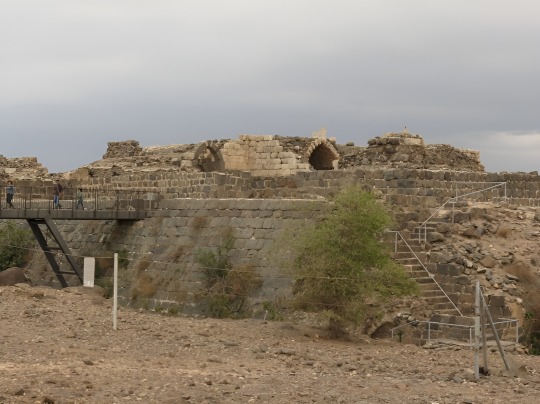
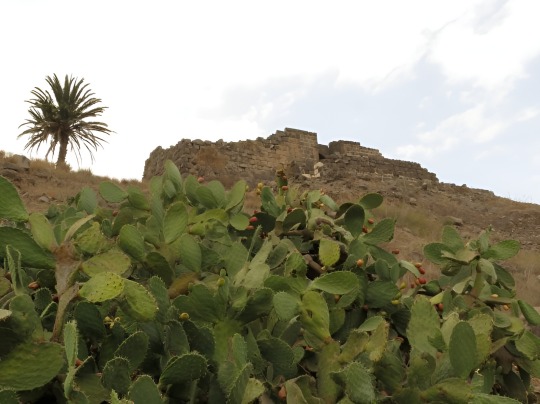

the depopulation of the palestinian village of kawkab al-hawa (“the star of the jordan river”) is far from the only case in which a palestinian village was violently, entirely depopulated during the 1948 nakba. it's also not the only case in which neighboring kibbutz residents advocated for and even themselves participated in the destruction of houses, nor is it the only case in which elements of the village were only kept so they could serve a neighboring tourist attraction. however, it is a conspicuous case of all of the above, combined.
kawkab al-hawa happens to sit by belvoir castle, one of the best-preserved crusader castles in palestine. the village itself had been testified to in some shape or form from antiquity - the crusaders had referred to the village with the frankish name "belvoir", hence the name of the castle. after saladin retook it, the village as we know it today expanded into and around the castle's confines. by 1945, the castle had been in ruins for centuries, while the rural village housed 300, mostly farmers.
in the words of meron benvenisti: "In the Israeli context, it is preferable to immortalize those who exterminated the Jewish communities of Europe (in the late eleventh and early twelfth centuries) and murdered the Jews of Jerusalem in 1099 than to preserve relics of the local Arab civilization with which today's Israelis coexist...Arab buildings spoil the myth of an occupied land under foreign rule, awaiting liberation at the hands of the Jews returning to their homeland."
#palestine#info#nakba#my posts#i went to a protest on land day where one of the speakers said that settler societies care most abt making money#(they were also guatemalan so for them it was a very Literal Thing)#and it reminded me of this. so i made a post abt it#the line i cut out was ''crusader castles lend a european romantic character to the landscape'' bc making tourist attractions out of#''discovered sites'' is a thing w/ all settler colonialism ''european character'' or no
586 notes
·
View notes
Text
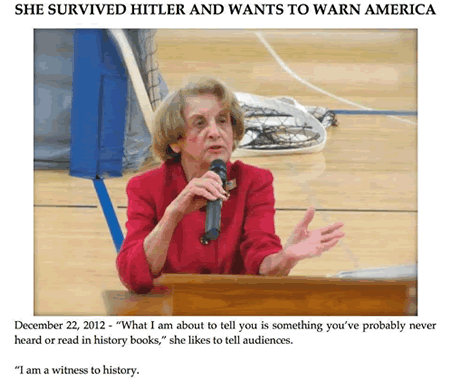
By Kitty Werthmann
“I am a witness to history.
“I cannot tell you that Hitler took Austria by tanks and guns; it would distort history.
If you remember the plot of the Sound of Music, the Von Trapp family escaped over the Alps rather than submit to the Nazis. Kitty wasn’t so lucky. Her family chose to stay in her native Austria. She was 10 years old, but bright and aware. And she was watching.
“We elected him by a landslide – 98 percent of the vote,” she recalls.
She wasn’t old enough to vote in 1938 – approaching her 11th birthday. But she remembers.
“Everyone thinks that Hitler just rolled in with his tanks and took Austria by force.”
No so.
Hitler is welcomed to Austria
“In 1938, Austria was in deep Depression. Nearly one-third of our workforce was unemployed. We had 25 percent inflation and 25 percent bank loan interest rates.
Farmers and business people were declaring bankruptcy daily. Young people were going from house to house begging for food. Not that they didn’t want to work; there simply weren’t any jobs.
“My mother was a Christian woman and believed in helping people in need. Every day we cooked a big kettle of soup and baked bread to feed those poor, hungry people – about 30 daily.’
“We looked to our neighbor on the north, Germany, where Hitler had been in power since 1933.” she recalls. “We had been told that they didn’t have unemployment or crime, and they had a high standard of living.
“Nothing was ever said about persecution of any group – Jewish or otherwise. We were led to believe that everyone in Germany was happy. We wanted the same way of life in Austria. We were promised that a vote for Hitler would mean the end of unemployment and help for the family. Hitler also said that businesses would be assisted, and farmers would get their farms back.
“Ninety-eight percent of the population voted to annex Austria to Germany and have Hitler for our ruler.
“We were overjoyed,” remembers Kitty, “and for three days we danced in the streets and had candlelight parades. The new government opened up big field kitchens and
everyone was fed.
“After the election, German officials were appointed, and, like a miracle, we suddenly had law and order. Three or four weeks later, everyone was employed. The government made sure that a lot of work was created through the Public Work Service.
“Hitler decided we should have equal rights for women. Before this, it was a custom that married Austrian women did not work outside the home. An able-bodied husband would be looked down on if he couldn’t support his family. Many women in the teaching profession were elated that they could retain the jobs they previously had been re- quired to give up for marriage.
“Then we lost religious education for kids
“Our education was nationalized. I attended a very good public school.. The population was predominantly Catholic, so we had religion in our schools. The day we elected Hitler (March 13, 1938), I walked into my schoolroom to find the crucifix replaced by Hitler’s picture hanging next to a Nazi flag. Our teacher, a very devout woman, stood up and told the class we wouldn’t pray or have religion anymore. Instead, we sang ‘Deutschland, Deutschland, Uber Alles,’ and had physical education.
“Sunday became National Youth Day with compulsory attendance. Parents were not pleased about the sudden change in curriculum. They were told that if they did not send us, they would receive a stiff letter of warning the first time. The second time they would be fined the equivalent of $300, and the third time they would be subject to jail.”
And then things got worse.
“The first two hours consisted of political indoctrination. The rest of the day we had sports. As time went along, we loved it. Oh, we had so much fun and got our sports equipment free.
“We would go home and gleefully tell our parents about the wonderful time we had.
“My mother was very unhappy,” remembers Kitty. “When the next term started, she took me out of public school and put me in a convent. I told her she couldn’t do that and she told me that someday when I grew up, I would be grateful. There was a very good curriculum, but hardly any fun – no sports, and no political indoctrination.
“I hated it at first but felt I could tolerate it. Every once in a while, on holidays, I went home. I would go back to my old friends and ask what was going on and what they were doing.
“Their loose lifestyle was very alarming to me. They lived without religion. By that time, unwed mothers were glorified for having a baby for Hitler.
“It seemed strange to me that our society changed so suddenly. As time went along, I realized what a great deed my mother did so that I wasn’t exposed to that kind of humanistic philosophy.
“In 1939, the war started, and a food bank was established. All food was rationed and could only be purchased using food stamps. At the same time, a full-employment law was passed which meant if you didn’t work, you didn’t get a ration card, and, if you didn’t have a card, you starved to death.
“Women who stayed home to raise their families didn’t have any marketable skills and often had to take jobs more suited for men.
“Soon after this, the draft was implemented.
“It was compulsory for young people, male and female, to give one year to the labor corps,” remembers Kitty. “During the day, the girls worked on the farms, and at night they returned to their barracks for military training just like the boys.
“They were trained to be anti-aircraft gunners and participated in the signal corps. After the labor corps, they were not discharged but were used in the front lines.
“When I go back to Austria to visit my family and friends, most of these women are emotional cripples because they just were not equipped to handle the horrors of combat.
“Three months before I turned 18, I was severely injured in an air raid attack. I nearly had a leg amputated, so I was spared having to go into the labor corps and into military service.
“When the mothers had to go out into the work force, the government immediately established child care centers.
“You could take your children ages four weeks old to school age and leave them there around-the-clock, seven days a week, under the total care of the government.
“The state raised a whole generation of children. There were no motherly women to take care of the children, just people highly trained in child psychology. By this time, no one talked about equal rights. We knew we had been had.
“Before Hitler, we had very good medical care. Many American doctors trained at the University of Vienna..
“After Hitler, health care was socialized, free for everyone. Doctors were salaried by the government. The problem was, since it was free, the people were going to the doctors for everything.
“When the good doctor arrived at his office at 8 a.m., 40 people were already waiting and, at the same time, the hospitals were full.
“If you needed elective surgery, you had to wait a year or two for your turn. There was no money for research as it was poured into socialized medicine. Research at the medical schools literally stopped, so the best doctors left Austria and emigrated to other countries.
“As for healthcare, our tax rates went up to 80 percent of our income. Newlyweds immediately received a $1,000 loan from the government to establish a household. We had big programs for families.
“All day care and education were free. High schools were taken over by the government and college tuition was subsidized. Everyone was entitled to free handouts, such as food stamps, clothing, and housing.
“We had another agency designed to monitor business. My brother-in-law owned a restaurant that had square tables.
“Government officials told him he had to replace them with round tables because people might bump themselves on the corners. Then they said he had to have additional bathroom facilities. It was just a small dairy business with a snack bar. He couldn’t meet all the demands.
“Soon, he went out of business. If the government owned the large businesses and not many small ones existed, it could be in control.
“We had consumer protection, too
“We were told how to shop and what to buy. Free enterprise was essentially abolished. We had a planning agency specially designed for farmers. The agents would go to the farms, count the livestock, and then tell the farmers what to produce, and how to produce it.
“In 1944, I was a student teacher in a small village in the Alps. The villagers were surrounded by mountain passes which, in the winter, were closed off with snow, causing people to be isolated.
“So people intermarried and offspring were sometimes retarded. When I arrived, I was told there were 15 mentally retarded adults, but they were all useful and did good manual work.
“I knew one, named Vincent, very well. He was a janitor of the school. One day I looked out the window and saw Vincent and others getting into a van.
“I asked my superior where they were going. She said to an institution where the State Health Department would teach them a trade, and to read and write. The families were required to sign papers with a little clause that they could not visit for 6 months.
“They were told visits would interfere with the program and might cause homesickness.
“As time passed, letters started to dribble back saying these people died a natural, merciful death. The villagers were not fooled. We suspected what was happening. Those people left in excellent physical health and all died within 6 months. We called this euthanasia.
“Next came gun registration. People were getting injured by guns. Hitler said that the real way to catch criminals (we still had a few) was by matching serial numbers on guns. Most citizens were law-abiding and dutifully marched to the police station to register their firearms. Not long afterwards, the police said that it was best for everyone to turn in their guns. The authorities already knew who had them, so it was futile not to comply voluntarily.
“No more freedom of speech. Anyone who said something against the government was taken away. We knew many people who were arrested, not only Jews, but also priests and ministers who spoke up.
“Totalitarianism didn’t come quickly, it took 5 years from 1938 until 1943, to realize full dictatorship in Austria. Had it happened overnight, my countrymen would have fought to the last breath. Instead, we had creeping gradualism. Now, our only weapons were broom handles. The whole idea sounds almost unbelievable that the state, little by little eroded our freedom.”
“This is my eyewitness account.
“It’s true. Those of us who sailed past the Statue of Liberty came to a country of unbelievable freedom and opportunity.
“America is truly is the greatest country in the world. “Don’t let freedom slip away.
“After America, there is no place to go.”
Kitty Werthmann
2K notes
·
View notes
Text



I got a gorgeous leek at the farmer's market this weekend, so I made Glamorgan sausages, which is a Welsh recipe I recently stumbled over; you mix cheese, sauteed leek, egg, and breadcrumbs with various seasonings, then form the mixture into vegetarian "sausages", bread them, and fry them. The flavor is very, very oniony, but I like the overall result. I might try adding in some mushrooms and possibly some other more neutral-flavored veggie next time to cut the onion-leek flavor a bit.
Because I'm still at work on a novel that is primarily about food, I've been researching cultural foodways -- Jewish-Tunisian (and Tunisian more generally) for Ylias, but also the frankly wild mix of foodways that the Shivadh eat, which is Mediterranean, Jewish, and Welsh by turns and in fusion, with a bit of really trash American food now and then for Eddie. :D
[ID: Three photos. In the top photo, Polk the tabby is investigating the leafy ends of a leek held up for her to inspect; she looks skeptical. Below are two photos of the finished product, one showing several fried brown "sausages" draining on a rack, flecked here and there with green. The other shows the gold-green interior of a cut open sausage, surrounded by deep brown crust.]
180 notes
·
View notes
Text
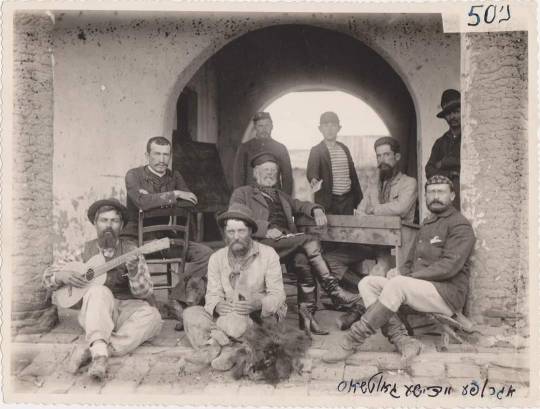
Yiddishe Gauchos, Argentina, early 20th century
At the end of the nineteenth century, thousands of East European Jews fled to Argentina from persecution and pogroms. These Jews became ranchers and farmers in the pampa, and were called Yiddishe (Jewish) Gauchos. The Yiddishe Gauchos, like their native counterparts, dressed in black hats and wide belts. They adapted the local customs, built communities and gave the pampa its own uniquely Jewish character.
916 notes
·
View notes
Text

THE SUDRA
The sudra is a traditional Jewish headdress with a history dating back thousands of years to the Biblical period and ancient Mesopotamia. It was worn like a turban or a headscarf and was of great spiritual importance at various points throughout history; for example, it’s mentioned directly in the Babylonian Talmud (written between the years 500-700). There are also some likely references to it in the Tanakh, such as in Exodus and the Book of Ruth.
CUSTOMS
Beyond spiritual significance, the Babylonian Talmud describes how it is customary to let another man hold one’s sudra as a gesture of trust during a monetary transaction.
In the Shulchan Aruch, there is an exemption for the sudra regarding the use of tzitzit. Even though the sudra is a four-cornered garment, tzitzit aren’t required.
Among Sepharadim, the sudra was worn over the shoulders like a scarf, while Ashkenazim wore it “coiled round the body like an Egyptian snake” or like the “kaftanis of the Tatars” when worn on the head. In fact, the sudra is likely the predecessor of the shtreimel (the fur hat worn by some Ashkenazi Jewish men), as Ashkenazi Jews in Europe eventually replaced the scarf with more weather-appropriate fur.
SUDRA IS OUTLAWED
With the expansion of the Arab and Islamic empires starting in 632 CE, Jews became “dhimmis,” relegated to second class citizenship and a whole host of prohibitions. Among those prohibitions was the use of the sudra. For example, in Yemen in 1667, the Jewish sudra was banned, likely to humiliate the Jewish community by forcing them to place regular clothes on their heads. The Jewish community bribed some government officials to reverse the decision. Ultimately a deal was struck where Jews were permitted to wear the sudra so long as it was made of bad quality cloth.
As the Arab keffiyeh became associated with Arab Muslims of high status, Arab rulers once again instituted prohibitions on the Jewish sudra because it was too similar to the keffiyeh.
DECLINE AMONG ASHKENAZIM
Jews in Europe still used the traditional sudra well into the 16th century, some 1500 years after their exile from Judea (Israel-Palestine today). In the Shulchan Aruch, Rabbi Moses Isserles specifically mentioned the significance of the sudra among Ashkenazim.
In the Middle Ages, the use of turbans such as sudras were outlawed in Europe, resulting in the gradual decline of the sudra among Ashkenazi Jewry. Eventually the sudra evolved into other forms of “legal” and weather-appropriate dress, such as the shtreimel, as discussed previously.
DECOLONIZATION OR APPROPRIATION?
Among other things decolonization is the process of removing the layers of oppressive foreign imperial and colonial influence imposed upon one’s culture. As discussed, Jews have worn the sudra since ancient times, dating back thousands of years. The garment came into disuse due to the oppressive laws of powerful empires, both in Southwest Asia/North Africa and among Jews in Europe. Reclaiming the sudra, which also happens to be of great spiritual significance, is an act of decolonization.
The keffiyeh, which uses a similar pattern, became a symbol of Palestinian nationalism and resistance in the 1930s (after longtime use among Palestinian farmers and others in Arab nations). Kurds, Persians, Yazidis, and other Indigenous Southwest Asian groups also traditionally use keffiyehs. In fact, the keffiyeh and the sudra likely have the same origin; that said, the sudra predates the keffiyeh by hundreds of years.
The Jewish reclamation of the sudra should not be weaponized to harm Palestinians. That said, claiming that Jews are “appropriating” keffiyehs while using the sudra is absurd, seeing as the sudra not only came before the keffiyeh, but is also a garment of spiritual significance for Jews that was still used relatively recently in the scope of Jewish history. Ultimately, we have to remember that Jews and Palestinians are historic, cultural, and ethnic cousins, and, as such, some parts of our cultures will overlap.
#jumblr#jewblr#jewish tumblr#judaism#jewish#jewish history#funkowrites#antisemitism#rootsmetals#stop antisemitism
166 notes
·
View notes